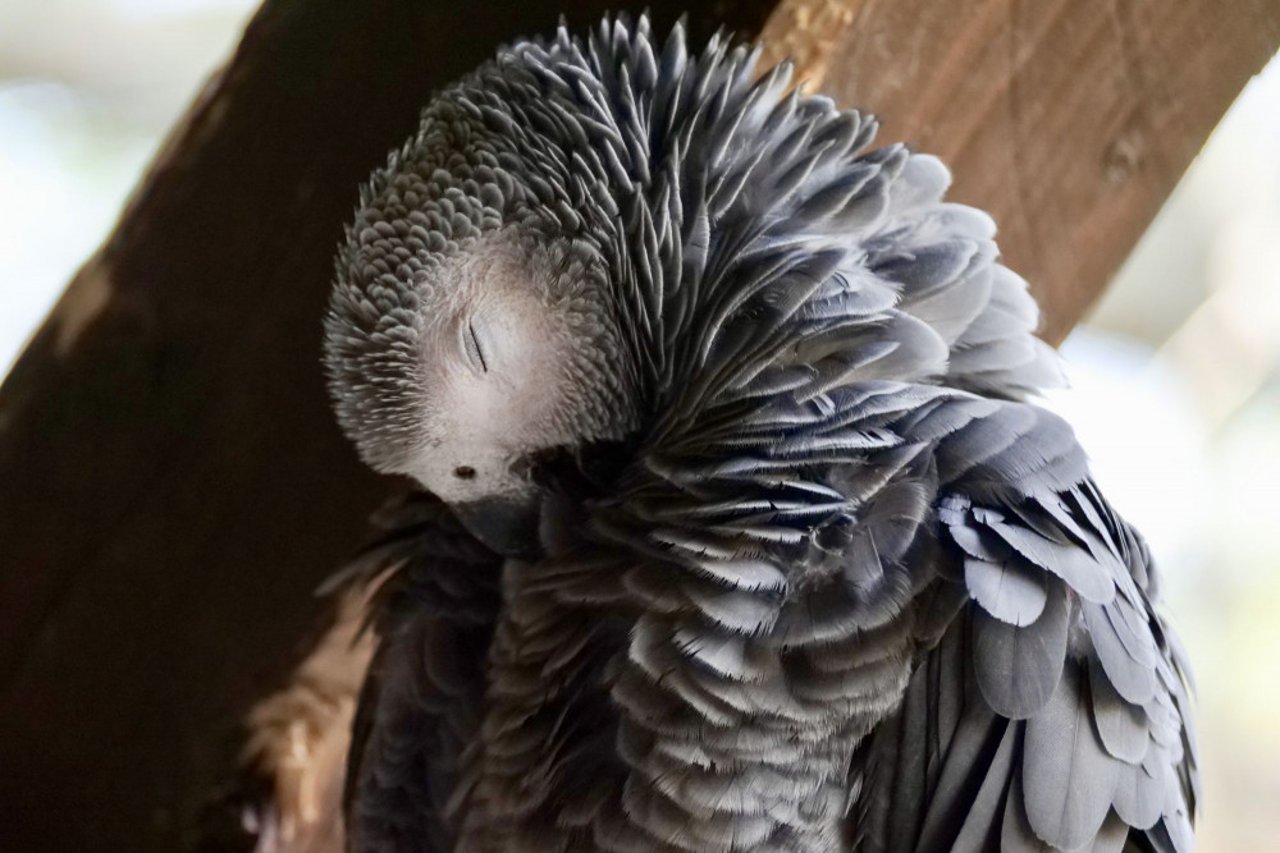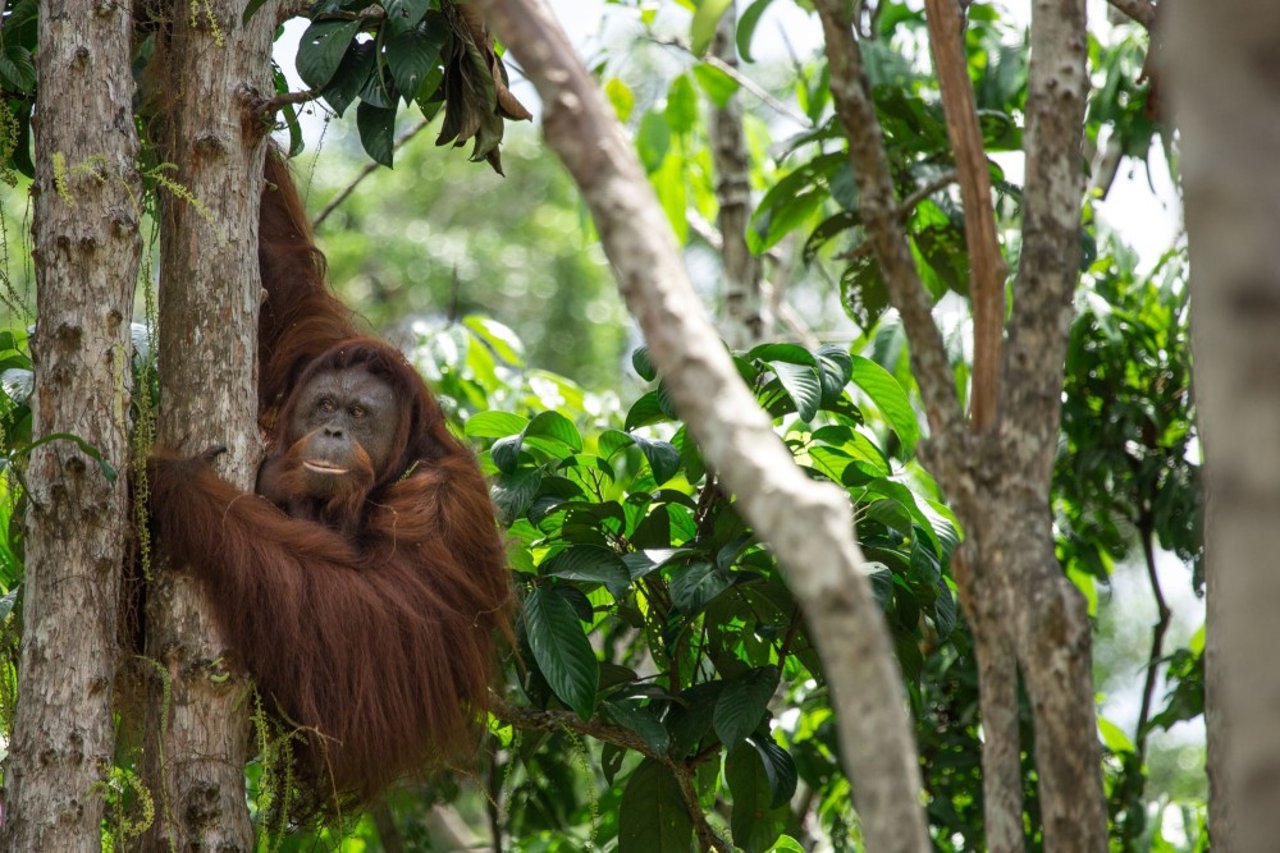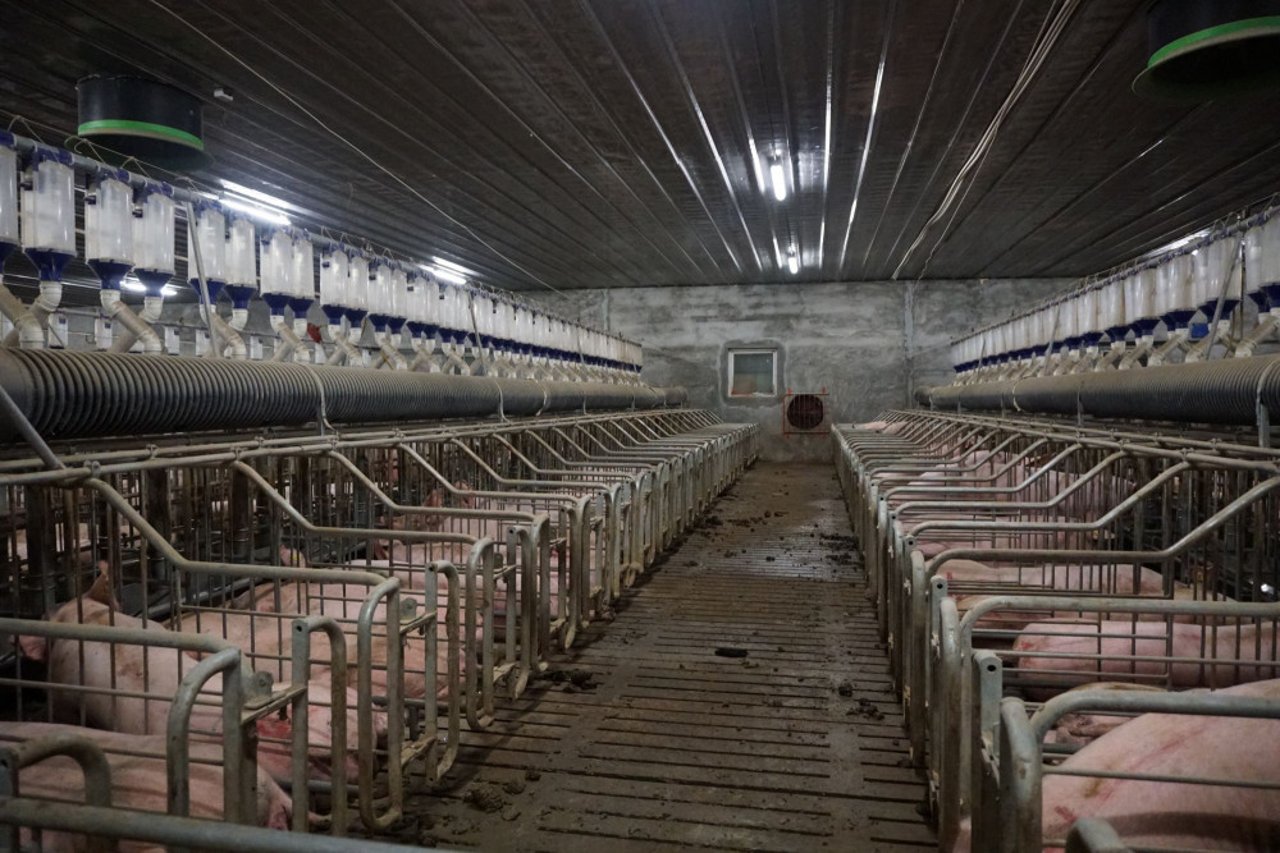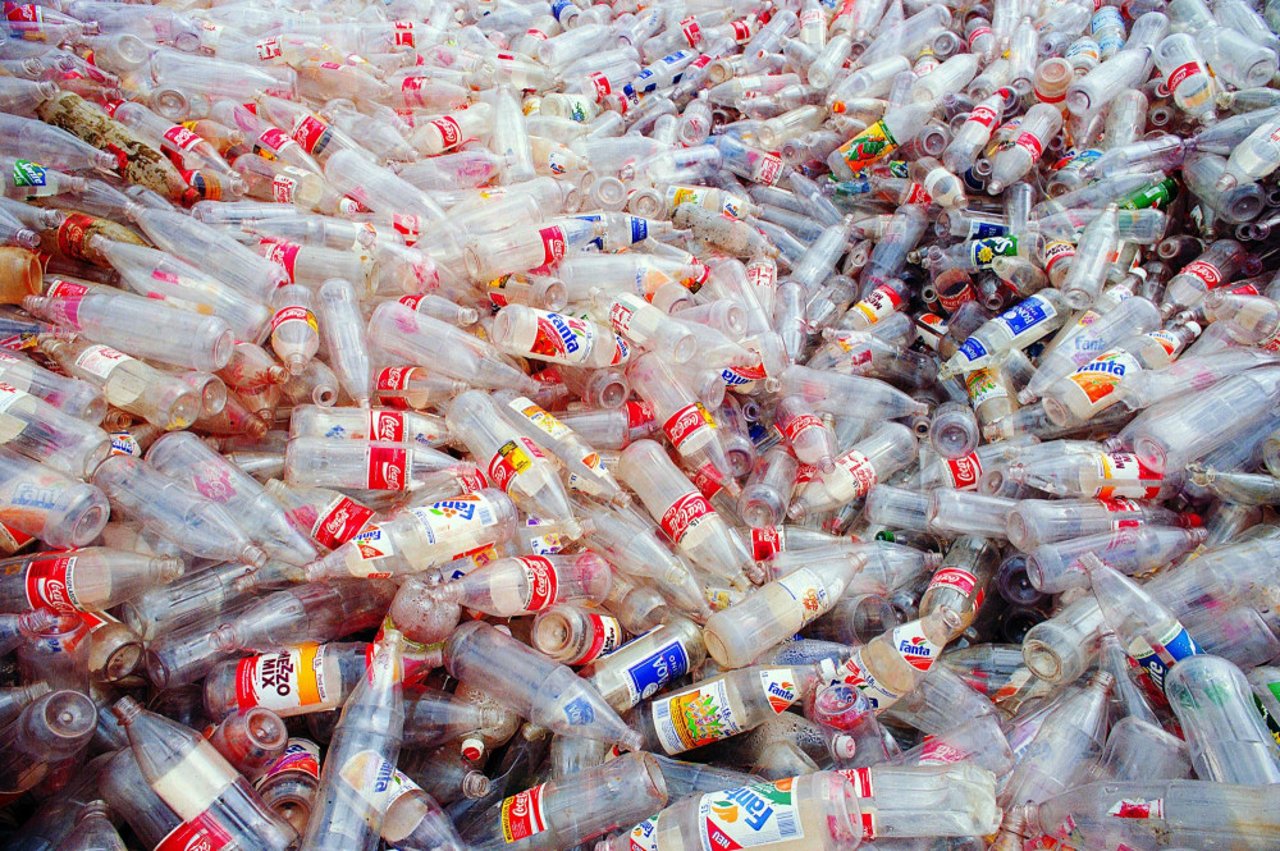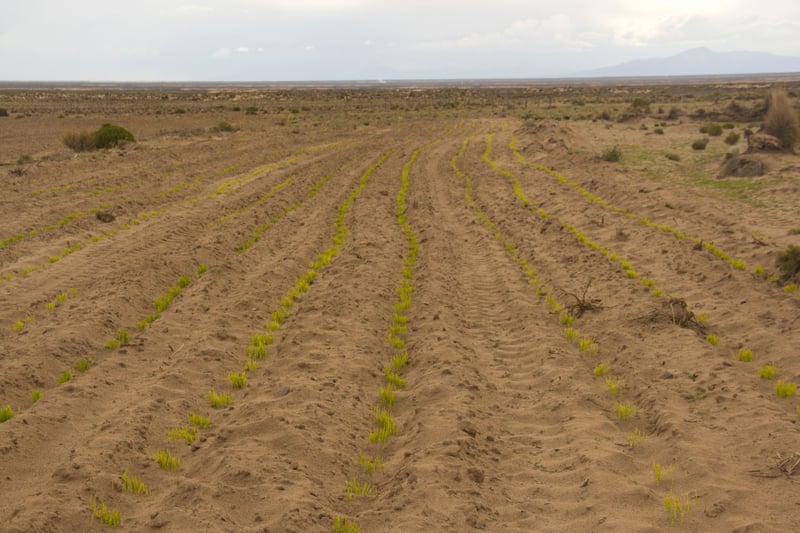
According to a 2019 UN report, one million species are at risk of extinction. That equates to one in four species.
The report, written by the Intergovernmental Science Policy Platform on Biodiversity and Ecosystem Services (IPBES) will be released later this year, but the executive summary, published last month, provides incredible insights into the plight of the planet and all of her inhabitants.
Kai Chan, coordinating lead author from University of British Columbia, Vancouver, commented,
“No previous assessment has considered at this scale the simultaneous challenge of protecting nature, maintaining water, feeding the planet, supplying energy, while mitigating climate change ... this is the most exhaustive report to have ever done that.”
The facts from the executive summary are startling. The explosion of the human population, coupled with increased resource use, land development, ocean mineral exploration, consumption of animal products, and pollution is reducing the wild parts of the planet, decimating wild species’ populations, and increasing food instability.
Species extinction has accelerated over the past 40 years, decreasing biodiversity. Nearly 700 species of vertebrates have already been wiped out in the past 500 years.
The widespread reductions of populations and local extinctions indicates that many species are unable to evolve or address the rapid pace of climate change through behavioral changes.
Their survival depends on their ability to disperse in order to identify suitable climatic conditions.
However, these new migratory routes and dispersal patterns, coupled with the introduction of invasive species, can have significant impacts upon biodiversity and are key drivers of extinction.
Further exacerbating the decline of biodiversity is the destruction of wild lands. Wetlands and tropical rainforests are disappearing – an estimated 100 million hectares in less than 30 years.
Urban areas have more than doubled since 1992. Approximately 25% of global greenhouse gas emissions come from land clearing, crop production, and use of fertilizers.
Animal agriculture accounts for 75% of this total.
Since 1980, the average per capita consumption of plants, animals, fossil fuels, ores, and construction materials rose by 15%. Human consumption has resulted in the doubling of greenhouse gas emissions, a 0.7-degree Celsius increase in global temperatures, and a tenfold increase in plastic pollution in the oceans.
Photo Credit: Digital Visisions
The global assessment found that, if temperatures increase by 2 degrees Celsius, 5% of species are at risk of climate-driven extinction.
This figure leaps to 16% of species if the planet warms by 4.3 degrees Celsius.
Now, more than ever, our work is crucial to prevent species extinction – be they non-human animals, humans, or plants. A multipronged approach is necessary.
Only with collective, focused, and persistent efforts will we be able to stem the tide of destruction.
